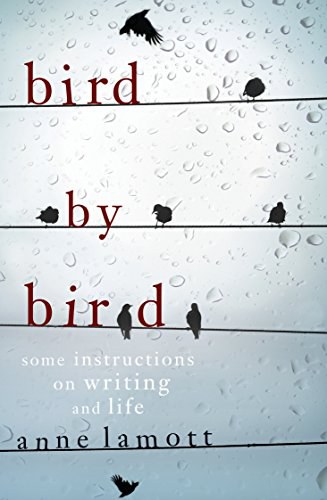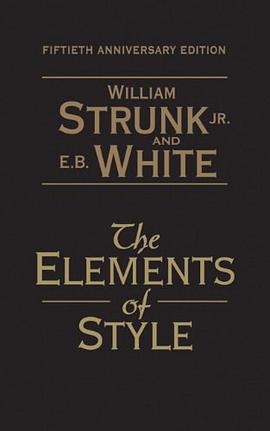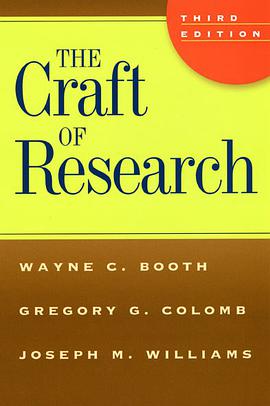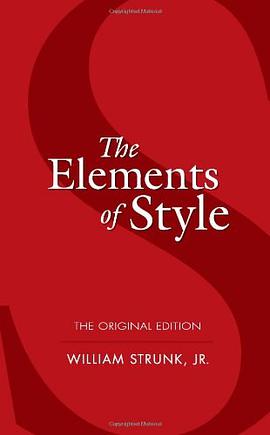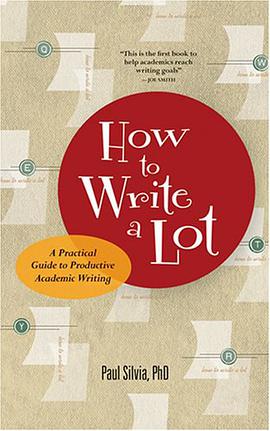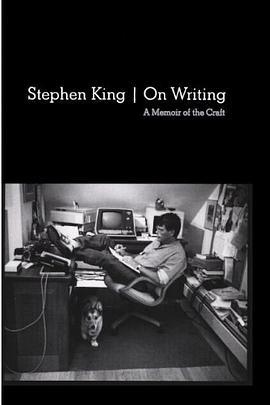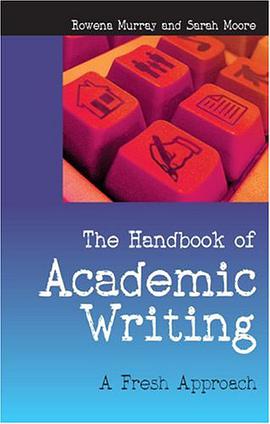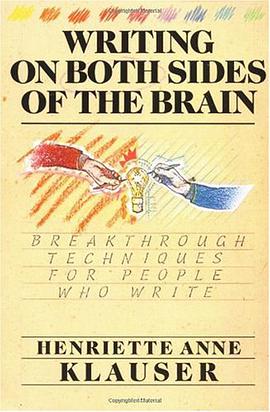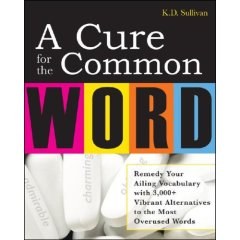You know the authors’ names. You recognize the title. You've probably used this book yourself. And now The Elements of Style –the most widely read and employed English style manual–is available in a specially bound 50th Anniversary Edition that offers the title's vast audience an opportunity to own a more durable and elegantly bound edition of this time-tested classic.
Offering the same content as the Fourth Edition, revised in 1999, the new casebound 50th Anniversary Edition includes a brief overview of the book's illustrious history. Used extensively by individual writers as well as high school and college students of writing, it has conveyed the principles of English style to millions of readers. This new deluxe edition makes the perfect gift for writers of any age and ability level. Fifty Years of Acclaim for The Elements of Style , by William Strunk Jr. and E.B. White I first read Elements of Style during the summer before I went off to Exeter, and I still direct my students at Harvard to their definition about the difference between 'that' and 'which.' It is the Bible for good, clear writing.”-- Henry Louis Gates Jr. “For writers of all kinds and sizes the world begins and ends with Strunk and White’s Elements of Style . Only something to actually write abouttrumps the list of what is required to put words together in some kind of coherent way. I treasure its presence in my life and salute its fifty years of glory and accomplishment."-- Jim Lehrer “ The Elements of Style remains an unwavering beacon of light in these grammatically troubled times. I would be lost without it.” -- Ann Patchett "To the extent I know how to write clearly at all, I probably taught myself while I was teaching others -- seventh graders, in Flint, Michigan, in 1967. I taughtthem witha copy of Strunk & White lying in full view on my desk, sort of in the way the Gideons leave Bibles in cheap hotel rooms, as a way of saying to the hapless inhabitant: ‘In case your reckless ways should strand you here, there's help.’ S&W doesn't really teach you how to write, it just tantalizingly reminds you that there's an orderly wayto go about it, that clarity's ever your ideal, but -- really -- it's all going to be up to you." -- RichardFord “ The Elements of Style never seems to go out of date. Its counsel is sound and funny, wise and unpretentious. And while its precepts are a foundation of direct communication, Strunk and White do not insist on a way of writing beyond clear expression. The rest is up to the imagination, the intelligence within.” -- David Remnick, editor of The New Yorker “It’s the toughness–the irreverence and implicit laughter–that attracted me to the little book when I was seventeen. I fell in love with Strunk & White’s loathing for cant and bloviation, the ruthless cutting of crap, jargon, and extra words. For me, that skeptical directness included a tacit permission by The Elements of Style to break its rules on occasion: an alloy of generosity in the blade, a grace I still admire and still learn from.” -- Robert Pinsky “In the quest for clarity, one can have no better guides than Strunk and White. For me, their book has been invaluable and remains essential.” -- Dan Rather "Eschew surplusage! A perfect book."--Jonathan Lethem "Not until I started teaching writing and I reread The Elements of Style did I realize that most everything I would be teaching young writers, and everything I would be learning myself as a writer, was contained between the covers of this slim, elegant, wise little book. -- Julia Alvarez “Strunk and White seared their way into my brain long ago, and I benefit from them daily.” -- Steven J. Dubner, co-author of Freakonomics “Since high school, I have kept a copy of this book handy. That should be unnecessary. I should, by now, have fully internalized The Elements of Style . But sometimes I get entangled in a paragraph that refuses to be ‘clear, brief, bold.’ I dip back into The Elements of Style and am refreshed.
After Scott Simon interviewed me on NPR about whether the word ‘e-mail’ needs a hyphen (yes, it does), some listeners, including friends of mine, wondered why I had answered in the affirmative when asked, in passing, ‘Are you a drunken white man?’ Those listeners misheard. ‘Strunk and White man’ was what Scott said.” -- Roy Blount Jr. “Strunk & White--writing's good-natured law firm--still contains enough sparkling good sense to clean up the whole bloviating blogosphere." -- Thomas Mallon “I used Strunk -- that’s what we called it, Strunk -- as a student at Berkeley fifty years ago. I didn't know that it was new, and that we were the first generation to be educated in The Elements of Style . I got a firm foundation in the English language, learned to write basically, and could depict the realistic world.Then I was able to become an impressionist and expressionist.” -- Maxine Hong Kingston “Strunk and White's gigantic little book must be the most readable advice on writing ever written. Side by side with Roget, Shakespeare, the Bible, and adictionary, it's an essential forevery writer's shelf.” -- X.J. Kennedy...
美国大学校园人手一册的英语语法书籍。
